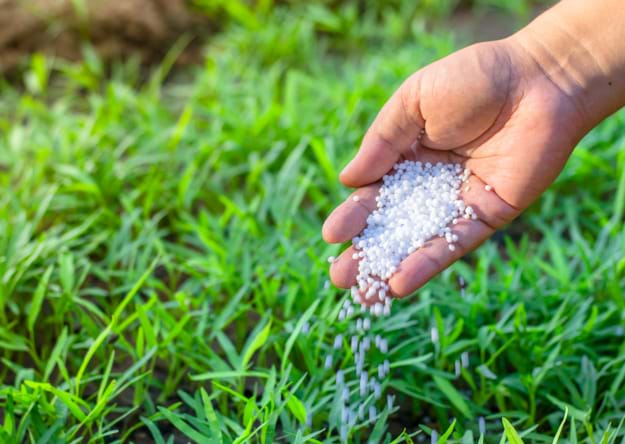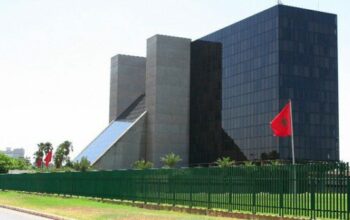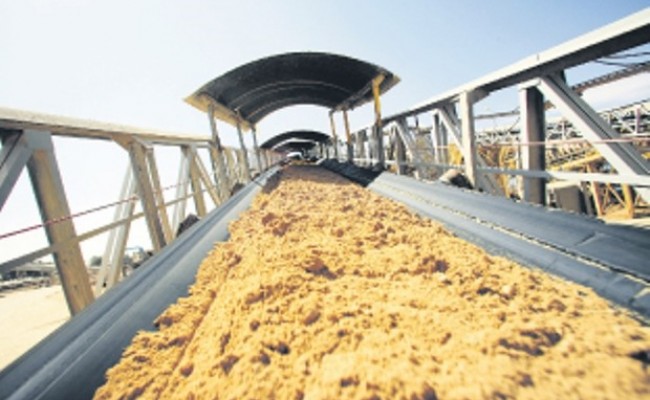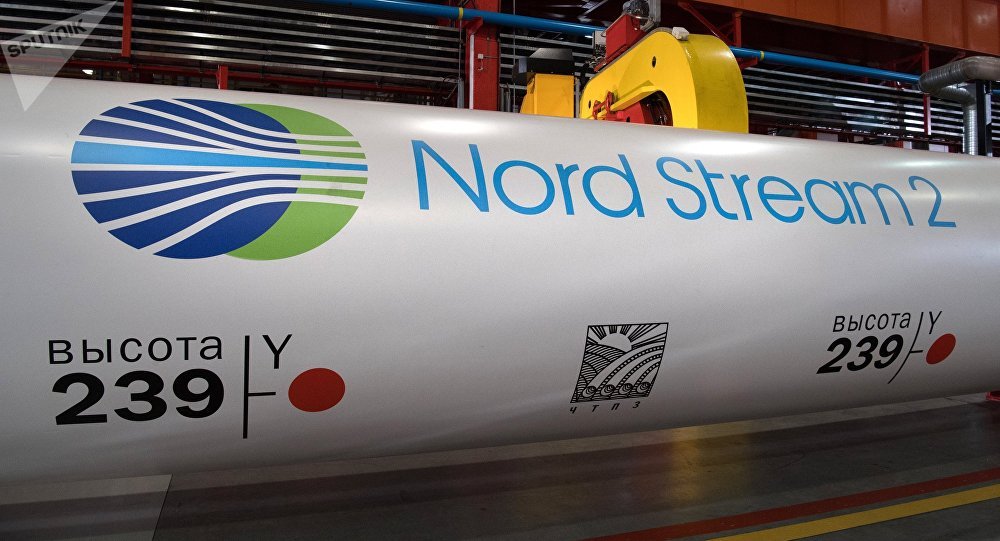The skyrocketing cost of fertilizer and increasing concerns regarding its availability is probably the most important topic currently discussed among farmers and ranchers. This is hardly surprising given the fact that while fertilizer costs account for approximately 15% of total cash costs in the United States, the fertilizer sticker price reported in some areas are up more than 300% and delivery times are anyone’s best guess. Also in 2008, nitrogen prices increased 32%, phosphate prices increased 93% and potash prices increased 100%. Prices remained there through 2009, then dropped, ultimately returning to pre-2007 levels by the end of 2009. That price surge was driven by strong domestic and global demand, low fertilizer inventories and the inability of the U.S. fertilizer industry to adjust production levels. Fast forward twelve years and those same factors are at play, along with several others that add an extra layer of uncertainty.
There are a number of the short- and long-run factors impacting fertilizer supply and demand to provide context to the increasingly expensive production input. Firstly, increased global fertilizer demand. As a large producer of corn, soybeans and wheat, the U.S. is a large consumer of fertilizer. However, with increased technology and innovation for on-farm products, the use of fertilizer in the U.S. has decreased, despite increased planted acres of these crops. Though the U.S. has lowered its overall consumption of global nutrient use, other countries have increased nutrient use. Back in the 1960s, the U.S. accounted for 25% of global nutrient use. Today, the U.S. only accounts for about 10% of global use, with U.S. farmers representing only 2% of that share. Secondly, the multitude of supply factors. The U.S. is the third-largest producer of fertilizer globally, however, it still requires the importation of all three nutrients, especially nitrogen and potash, to fully meet demand. This means that U.S. fertilizer dealers and U.S. producers are required to pay the price defined by the global market for fertilizer and fertilizer materials, plus transportation.
Thirdly, energy and other variable costs rising. To make fertilizer, along with globally priced raw materials, production facilities require a large amount of energy to convert the raw chemical materials into their applicable farm-use state. For example, the production of anhydrous ammonia requires using natural gas as the source of the hydrogen, as well as the energy, for synthesizing, which accounts for 70-90% of the production variable costs in the synthesis process. With natural gas prices having risen over 300% over the past few months, especially in Europe, many EU nitrogen plants has been forced to close. Plus, plants built for this process typically take about three to five years to build and cost about $3 billion to $5 billion. The long-run impact is that when a demand surge occurs, the response time to fulfill supply via an additional production facility will lag about three to five years at a significant price tag.
Fourthly, pivots in fertilizer demand outlook impacting production. Further impacting fertilizer supply is the reaction to Covid-19 precautions along with the continuing “accordion effect” throughout the economy. Essentially, the entire supply chain, including fertilizer production and distribution, is working overtime after being forced to slow or stall in response to pandemic safety precautions. Fifthly, distribution and supply chain disruptions. Once the fertilizer is converted from raw material to on-farm use, it must be transported to retailers for growers to purchase, completing the last link in the supply chain. Now, fuel prices are up again, along with trucking rates, while, at the same time, here has been an increase in the number of goods shipped at all stages: raw, processed and consumer-ready. Not to mention the increased demand for goods delivered directly to end-users, clogging typical distribution chains still catching up from pandemic slowdowns. Hurricanes, ice storms, labor issues, additional manufacturing capacity and infrastructure breakdowns, including rail logistics issues and increased freight rates, have caused even more production and distribution disruptions.
Sixthly, anti-dumping trade dispute cases and the ensuing trade duties have also increased fertilizer costs, though there is not enough current publicly available data to indicate by how much. Mosaic, the largest U.S. producer of phosphate, won the anti-dumping case against companies from Morocco and Russia and after the trade duties were applied, imports to the U.S. from both countries declined. Other trades disruptions have played a big role in fertilizer availability and cost. For example, sanctions from the European Union have been applied to Belarus and the U.S. has followed the same process to apply sanctions. In short, as the U.S. case shows, agriculture production costs are increasingly important to the near- and long-term viability of its farms. Fertilizer prices are the issue top of mind for farmers having walked into 2022 since fertilizer costs account for approximately 15% of total cash costs in the U.S. The discussion of these factors causing one of the farmers’ biggest concerns certainly does not alleviate the rising input costs that are beyond their control. Many farmers feel these rising input prices have offset the benefits of the higher commodity prices, which they initially thought were going to help them at least break even.




